February 27th, 2018 on the Gregorian calendar, marks the beginning of the Earth Dog year 2144 in the Tibetan lunar calendar - 2013 was the Year of the Water Snake and 2014 was the Year of the Wood Horse, 2015, was the year of the Wood Sheep (goat or ram). In 2016 Monday February 27th ws Losar and was the Year of the Fire Bird. It's more important than ever that we wish one another "Losar Tashi Delek!" - or "Wishes for an Auspicious New Year." The date on the Western or Gregorian calendar falls in January, February or March and will vary year to year.
In Buddhist countries during Losar the people white-wash their homes (paint them), clean their houses, set intentions for the coming year, prepare special feasts and perform a sang chod or fire ceremony. The Tibetan New Year is known as Losar and is a time for starting fresh. Houses are thoroughly cleaned and decorated with lights and butter lamps. Often Losar celebrations can last two weeks to one month. Buddhists believe the first month of the New Year is a holy time when the merit of prayers and practices is multiplied 100,000 times.
Losar is DIFFERENT from Chinese New Year. The Tibetan people are a distinct nationality and there are some years when the two holidays overlap or occur on the same date.


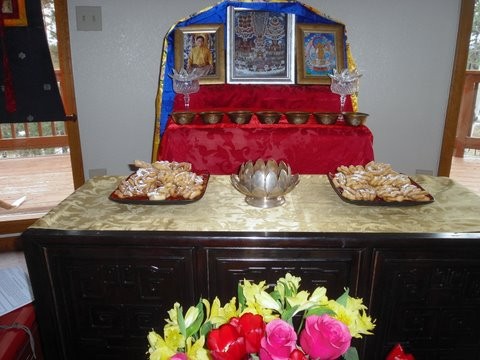




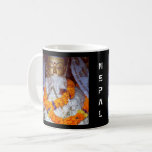
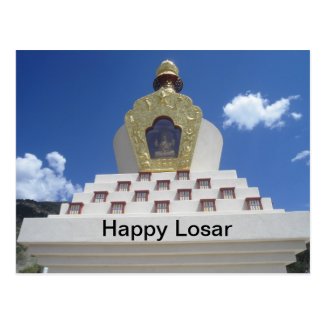
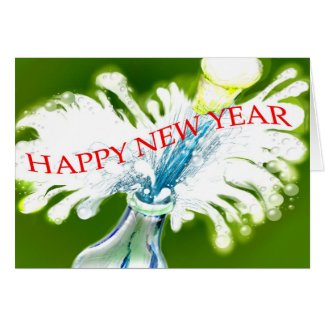
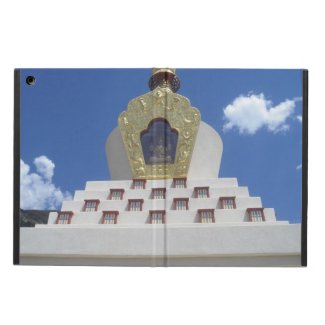

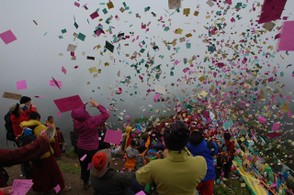






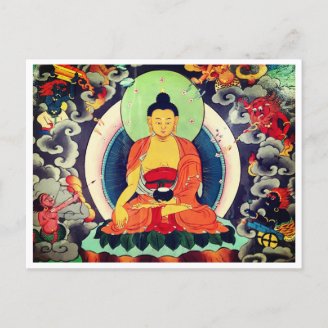

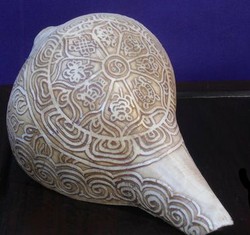

 Get Informed About Parrotson 07/09/2018
Get Informed About Parrotson 07/09/2018
 The Falconon 05/11/2017
The Falconon 05/11/2017
 Pelicans Are Funon 06/27/2016
Pelicans Are Funon 06/27/2016
 Blooms for Butterflies and Birdson 06/11/2016
Blooms for Butterflies and Birdson 06/11/2016
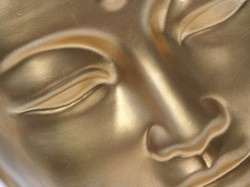

Did you learn something about New Years in a New Culture? Do you celebrate Losar?
Glad you enjoy learning about other cultures. Any questions let me know.
I have never heard of Losar. I enjoy learning customs of other cultures.